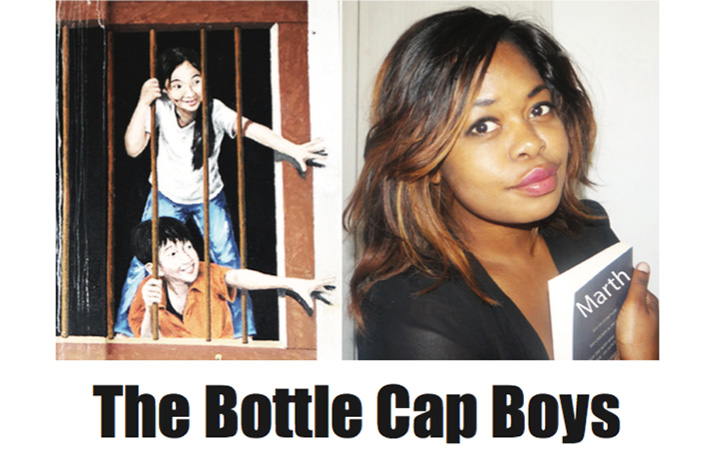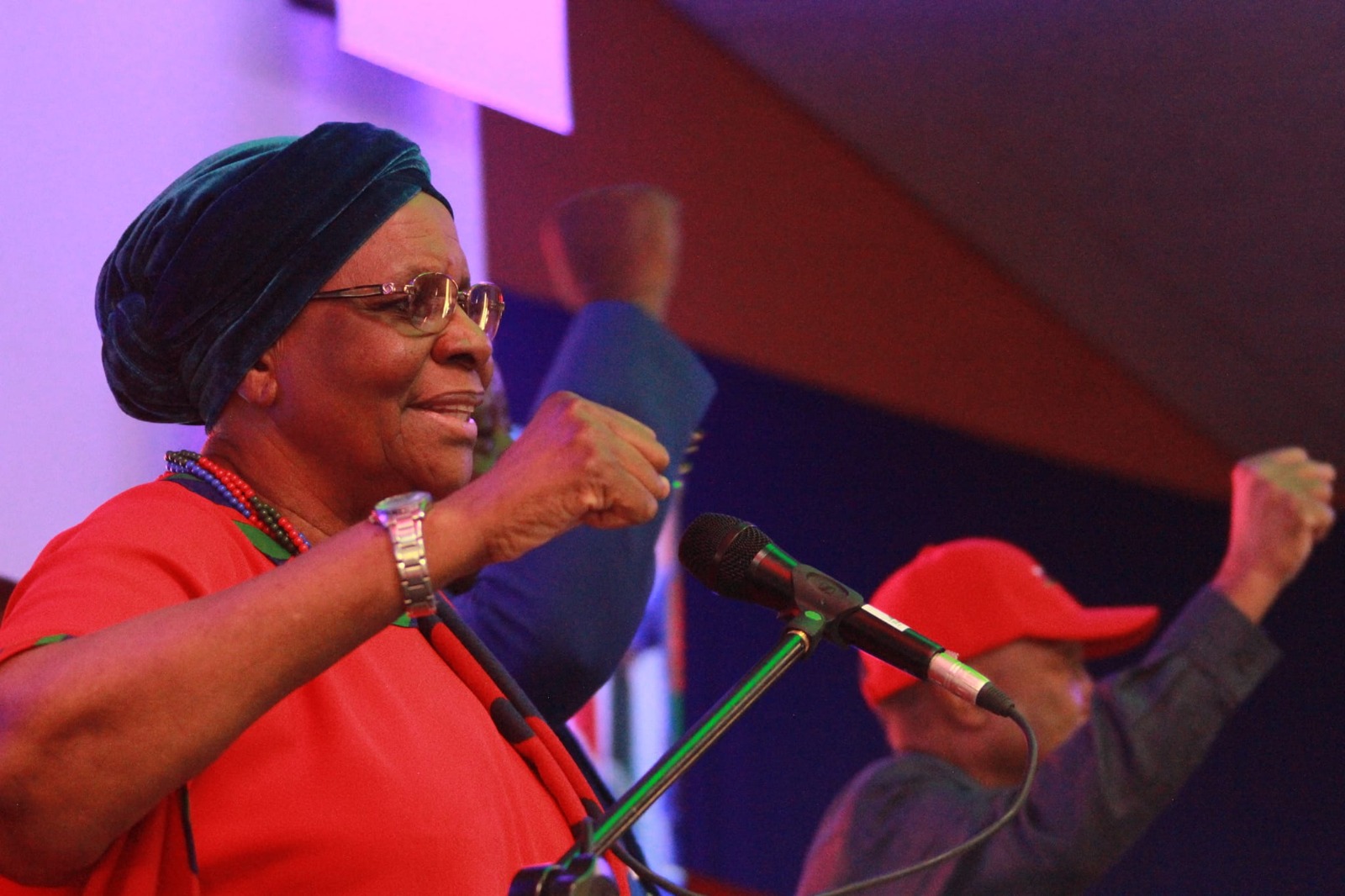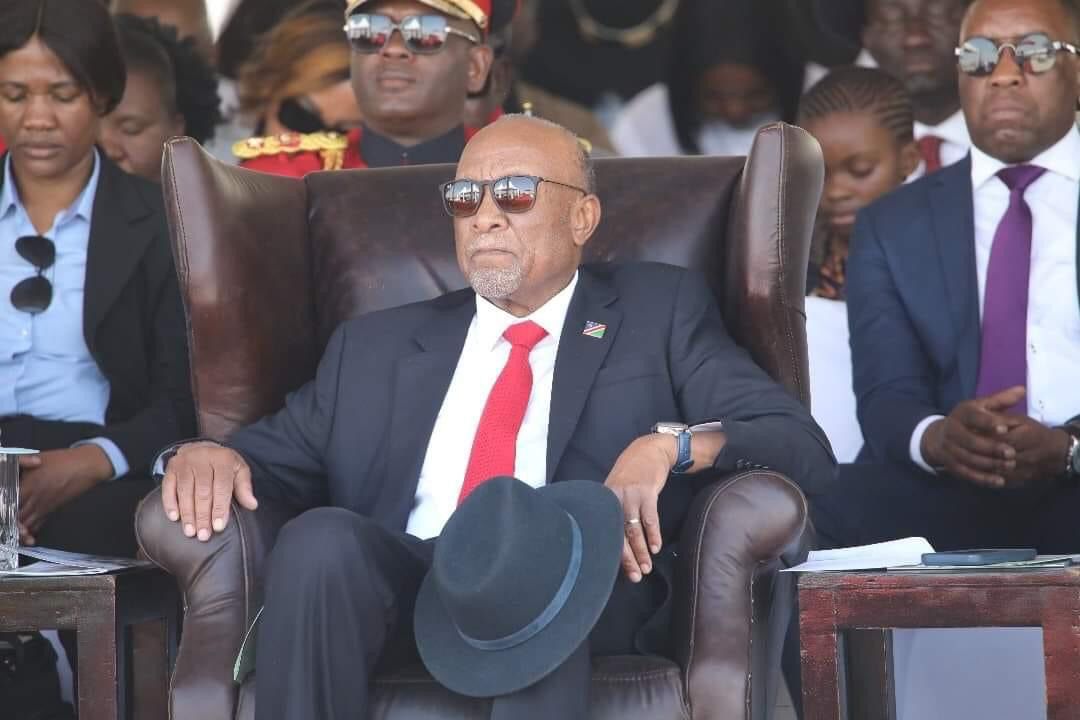If you’re not paying much attention, they look like part of the festivities. Supervised and sun-seeking Greenwell Matongo children languidly picking up bottles at Goreangab Dam, the way other children gather seashells at Swakopmund.
Looking out for the best ones, dusting them off, holding them up to the sun.
Most of them would have been there since 07h00, collecting bottles and fashioning the rudimentary containers that are improbably hip in their upcycling.
Two bright plastic Sprite, Coca-Cola or Fanta tops screwed together on either side of a sawed off bottle neck they promise they have cleaned thoroughly.
“It’s for your Vaseline. It’s for your lipstick. It’s for your medicine, Miss,” they say in a beseeching chorus as they crowd around me by the water.
Three ways to use their recycled bottle top containers sold for N$5 at UN Plaza and Soweto Market for essentials, school supplies and the meal they claim to eat the most.
“Bread and kapana!”
A boy named Moses* shouts out with glee.
It’s a late Sunday afternoon and they’ll soon be heading homeward to buy mince junkies from his aunt who sells them in the community for three containers’ profit and then some.
All counted, the boys number seven and the eldest looking one says he’s 15, his bright hazel eyes sparkling at the fib while his buddy elbows him in the ribs. As they roughhouse and joke, you can see they’re good friends, colleagues even but competition is fierce and ultimately it’s every boy for himself.
Rushing into the fray every time one of them musters up the courage to engage one of Goreangab Dam’s many revellers, trying to edge out the rest just as soon as their fellow gains an inch.
It’s disconcerting, depressing and not what anyone dancing or drinking came to the dam for so the “’tseks!” flow thick and fast.
Faster than the water that looks beautiful from a distance but morphs into a verdant carpet of algae growing over sunken tyres, bottles and worse.
The dam is like the boys that way.
Charming from afar.
In the distance, when you can’t see the holes in their clothes, their unwiped noses and their nails due a cut, you can imagine the lives they don’t lead.
Carefree childish existences in which they don’t spend 12 hours trailing strangers in the hope that they’ll buy their wares often sold for more serious considerations than kapana.
“One time I sold for a month and I bought my socks and school shirt,” says Edward*. A slight boy with a shy smile who adds that Moses is his cousin. He didn’t buy kapana that month and his story echoes Erastus’, who saved up for an Adidas school bag from Cymot after helping ends meet at home.
Their parents know they’re out there.
Amongst strangers, working way before their time. It’s a cold fact that some of their households have come to rely on them and the boys puff their chests out with pride.
“N$5 for five minutes.”
That’s how long, Edward says, it takes to make a container.
They can’t find the scissors but they’d show you if they could and they’d wash the bottle neck really good.
The older boys at school taught them the trade and now they work every weekend without fail. Slinking around places with crowds, haltingly telling their story, ensuring potential purchasers that they’ve disinfected the bottle necks and the tops.
They don’t call themselves ‘The Bottle Cap Boys’ but they don’t mind the name when I float it.
It sounds better than calling them ‘entrepreneurs’, rolls more easily off the tongue.
It’ll suit them one day when they’re big men doing big things but for now they’re just a bunch of kids hustling for bicycle tyres, school shirts and tog bags.
Dirty palms tight around plastic treasures, feet swift across the bank in pursuit of strangers, heads thinking of home.
Stay informed with The Namibian – your source for credible journalism. Get in-depth reporting and opinions for
only N$85 a month. Invest in journalism, invest in democracy –
Subscribe Now!






